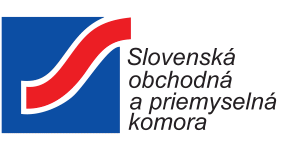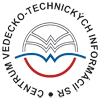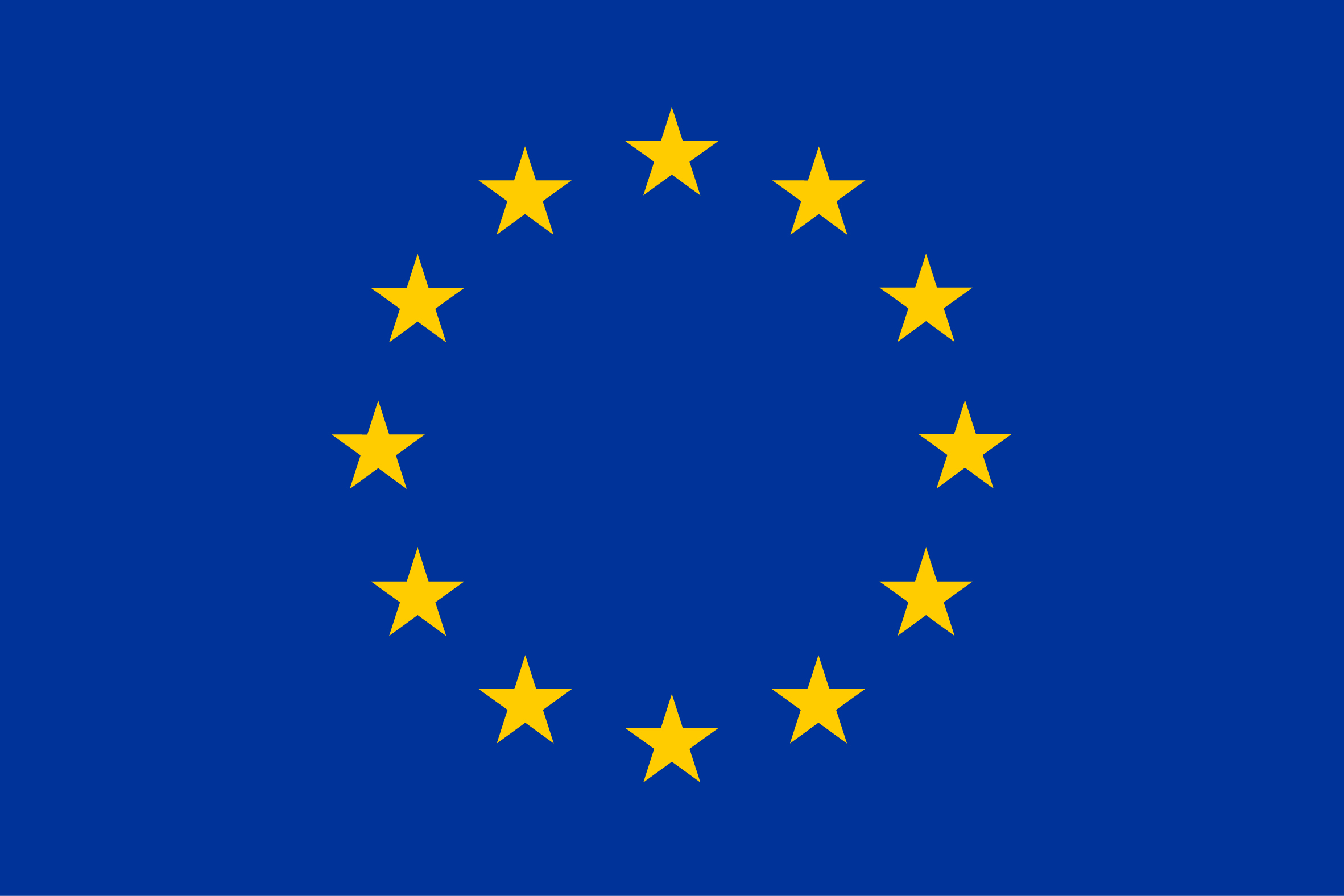Summary:
Whereas catalysts of today facilitate either the oxygen evolution reaction (OER) or the oxygen reduction reaction (ORR), the innovation presented here enables the combination of both reactions in a single catalyst for use in fuel cells and electrolyzers. A German technical university seeks expertise in alkaline anion exchange membrane (AEM) technology to advance this technology from TRL 4 to TRL 6-7 in an R%26D cooperation (jointly with the university) or via licensing agreement (independently).
Description:
For broad applications of fuel cells and electrolyzers as regenerative energy storage and conversion systems, the catalysis of oxygen-based reactions is decisive. A possible long-term application requires the catalysis of the oxygen evolution reaction (OER) as well as the oxygen reduction reaction (ORR). Catalysts of today facilitate only one or the other. A German technical university invented an innovative dual-catalyst, combining the two types of catalysts and meeting both requirements in this way. As the two catalysts do not compete, they do not impair each other's specific catalyzed reactions. Possible applications include reversible fuel cells, energy conversion systems and alkaline-air-batteries. The university is interested in a partnership on the basis of a licence agreement or a research cooperation agreement in order to develop a large-scale prototype of the catalyst technology at demonstration level (TRL 6-7). To achieve this goal, the university requires expertise in alkaline anion exchange membrane (AEM) technology.
Type (e.g. company, R&D institution…), field of industry and Role of Partner Sought:
The university is looking for a partner who is willing to continue the development of the technology under a licensing agreement or within a research collaboration. The partner sought can be a research institution or a private company experienced in the field of alkaline anion exchange membrane (AEM) technology. The aim is to develop a prototype at demonstration level (TRL 6-7) of the catalyst technology. The type of cooperation has been chosen because further research and development is needed in order to reach prototype level. The development can either be done by the partner alone (under a licensing agreement), or in cooperation with the university (within a research cooperation agreement).
Stage of Development:
Under development/lab tested
Comments Regarding Stage of Development:
The current stage of development of this technology is at small-scale prototype level (TRL 4). The university plans to advance the technology toward large-scale prototypes at demonstration level (TRL 6-7).
IPR Status:
Patent(s) applied for but not yet granted
Comments Regarding IPR Status:
Applied for patents in Europe (EP) and 'worldwide' (PCT). Soon to apply for patent in the US.
External code:
TODE20200310001








